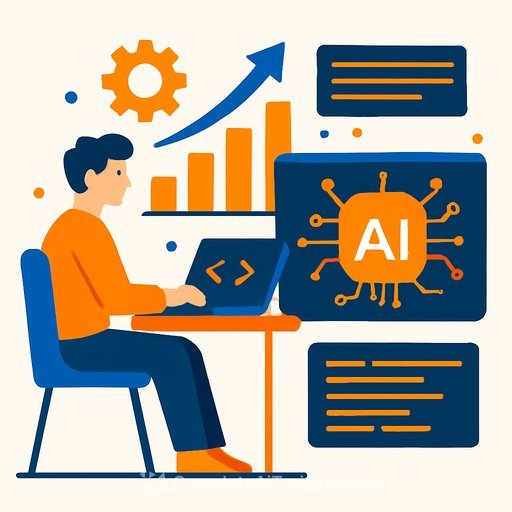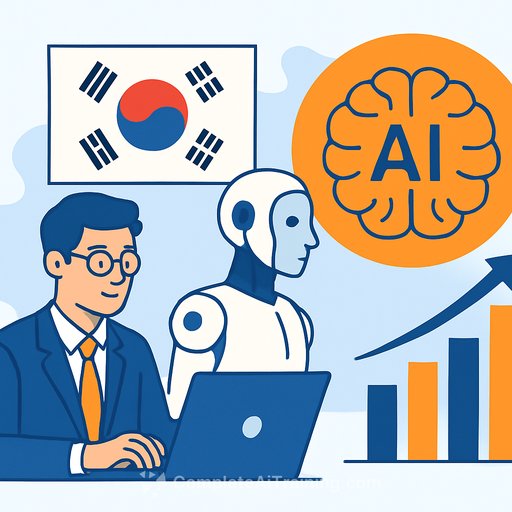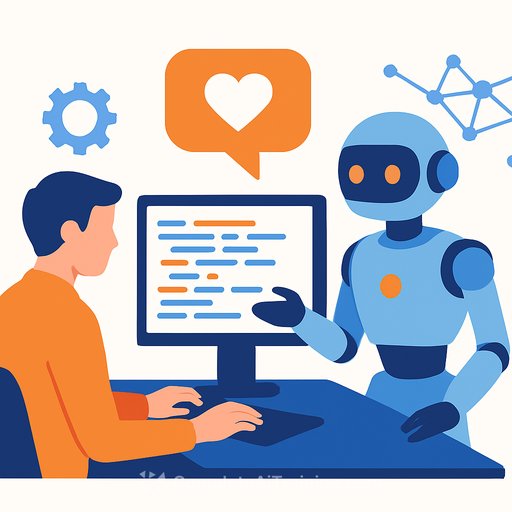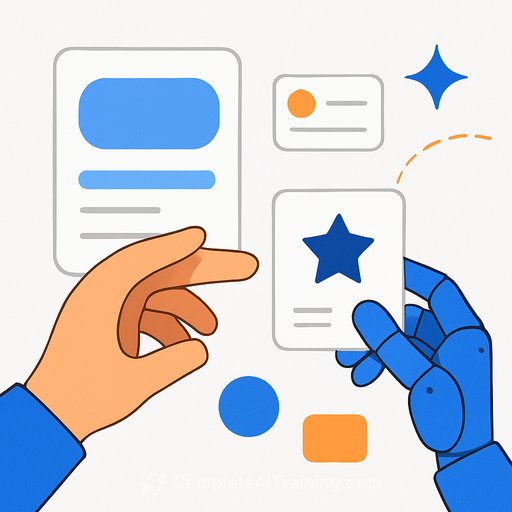How Software Development Is Changing with AI
Generative AI is no longer a sidecar to your IDE. It's becoming the core of how software gets planned, written, reviewed, and shipped.
Why now? Two reasons: developers build for themselves first, and the market is massive. There are ~30 million developers worldwide (27M-47M by common estimates). At ~$100k value per dev annually, the baseline is ~$3T in output. A simple coding assistant gives ~20% lift today. A best-of-breed setup can plausibly double productivity-adding roughly another $3T per year, close to France's GDP.
That value is showing up in revenue, M&A, and product direction across the biggest players and fastest-moving startups. The category isn't a single tool-it's an ecosystem.
The AI Coding Loop: Plan → Code → Review
Early AI coding was "prompt, paste, pray." That's done. The modern loop starts with planning, proceeds through agentic code generation and testing, and ends with a human review that updates both the code and the spec.
Specs are now living assets. The model drafts them, requests missing info (APIs, access, constraints), and you iteratively tighten scope. After edits, you ask the model to refresh the spec so intent matches implementation-great for humans and for future model context.
Planning with AI
Teams are introducing architectural and coding rules directly for models (for example, .cursor/rules). We're also seeing AI-optimized best practices emerge that are written for models first, not people. Expect wikis and story trackers to morph or get replaced.
Tooling clusters are forming: customer feedback aggregators (e.g., Nexoro), spec-to-stories to ticketing flows (e.g., Delty, Traycer, Linear). The goal is a clearer path from raw input to executable intent.
Generating and Reviewing Code
Two primary modes are working well:
- Chat-based file editing: Large-context, reasoning-heavy editing across a repo-inside an IDE or the browser.
- Background agents: Asynchronous work over hours, validated by tests, delivered as a branch or PR. Examples: Devin, Anthropic Code, Cursor Background Agents.
AI app builders (Lovable, Bolt/Stackblitz, Vercel v0, Replit) can output functional apps from prompts, wireframes, or examples. Today, they're ideal for prototypes and "vibe coding." Production usage is growing as quality improves.
Version control is shifting from text diffs to intent. Tools like Gitbutler capture prompts, tests, and agent provenance so you can answer "why" and "does it work," not just "what changed." SCM-integrated reviewers (Graphite, CodeRabbit) add context-aware reviews for correctness, security, and compliance.
Legacy migration is a standout use case. Proven pattern: generate a functional spec from legacy code (COBOL, Fortran, Perl, old Java), validate it, then re-implement in the target stack using the spec-referencing the old code only to resolve ambiguities. The surface area and ROI here are huge.
QA, Documentation, and Compliance-Closing the Loop
AI now writes docs for humans and for models. Tools like Context7 retrieve the right code, comments, and examples to keep docs in sync with reality. Mintlify turns docs into interactive sites with Q&A and agent-driven updates. Compliance docs matter at scale-expect specialized tools (e.g., Delve) to proliferate.
AI QA agents generate, run, and evaluate tests across UI, API, and backend. As more code is AI-authored, the signal that matters most is behavior: correctness, performance, and expected outcomes.
Tools Built for Agents
- Code search & indexing: For large repos, you can't stuff everything into context. You need semantic and structural search, call graphs, and ranking. Examples: Sourcegraph, Relace.
- Web & documentation search: Code-aware doc systems (Mintlify, Context7) keep internal truth tight. Web search tools (Exa, Brave, Tavily) fetch external references fast.
- Code sandboxes: Safe, repeatable execution and debugging away from local machines: E2B, Daytona, Morph, Runloop, Together's Code Sandbox.
Cost, Operations, and Adoption
Costs can spike with large contexts and long outputs. Example: a 100k-token context with a top reasoning model plus ~10k output/thinking tokens can land around $2.50 per query. At ~3 queries/hour, 7 hours/day, 200 days/year-that's ~$10,000 per seat annually, sometimes higher than a junior dev in some regions.
Will that slow adoption? Unlikely. Multi-model routing and right-sized prompts cut costs while still delivering value. The conversation is shifting from "best model" to "best ROI." LLMs add a real opex line next to headcount, which reshapes outsourcing math and vendor strategy.
Jobs, Skills, and Training
AI won't replace developers. Teams that adopt AI well often hire more because the backlog finally pencils out. Pricing based on human substitution will give way to pricing closer to marginal costs.
Education must change. Algorithms, architecture, and HCI stay important. You still need to write and read code because models dig themselves into holes-and you pull them out. If you're formalizing upskilling, consider a structured path like the AI certification for coding.
Software That Extends Itself
Products are starting to ship with the ability to add features through natural language. Tools like Gumloop show where this is headed. Expect apps to include built-in "add this feature" flows that safely write and merge code under constraints.
Will Code Go Away?
For very simple tasks, models can execute intent directly. For anything non-trivial, code wins on efficiency by orders of magnitude. Adding two 16-bit integers in optimized code takes ~1e-14 seconds on modern hardware; an LLM needs ~1e-3 seconds just to emit tokens. That margin keeps code central for a long time.
Practical Next Steps
- Pick 3-5 use cases with clear ROI (bugfix triage, trivial feature adds, doc generation, legacy migrations).
- Adopt a multi-model assistant and codify rules (.cursor/rules). Store living specs in-repo.
- Stand up agent-safe sandboxes and set strict permissions for tools and repos.
- Index your codebase with semantic search and call graphs. Wire in targeted RAG for models.
- Move toward intent-first version control. Capture prompts, tests, and agent provenance with every PR.
- Add AI QA to CI. Track coverage, flakiness, and defect escape rates.
- Run a legacy migration pilot with the spec-first approach. Measure cycle time and parity.
- Instrument cost per PR, lead time for changes, MTTR, and review quality. Optimize model selection by task.
- Upskill the team on prompt patterns, spec hygiene, and agent safety. If helpful, browse courses by job.
It's Time to Build-with AI
This is likely the biggest shift in software development since its inception. Developers will ship more, with higher quality, in less time. Users will get better software, faster.
The tools are here. The advantage goes to teams that operationalize them first.
Your membership also unlocks:






